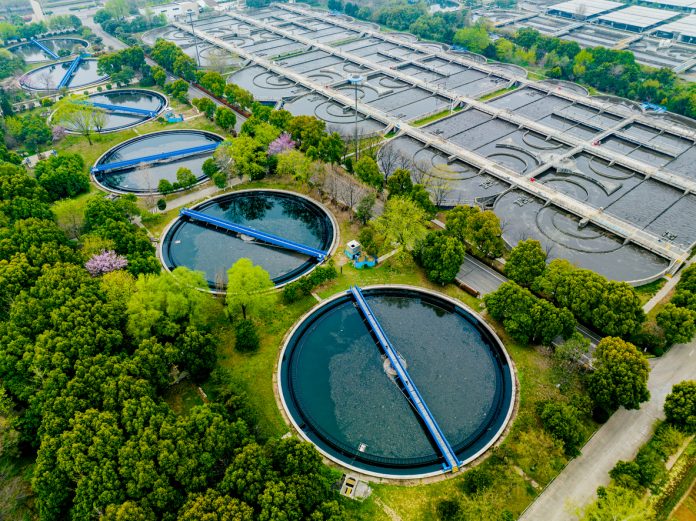In a study published in Nature Communications Earth and Environment, researchers from Colorado State University have revealed the economic and environmental benefits of transitioning to green wastewater treatment practices in the United States
This research, led by Ph.D. student Braden Limb from the Department of Systems Engineering, shows the potential of using carbon financing to drive sustainability in water treatment infrastructure.
Nature-based solutions
The study estimates that adopting green approaches could save $15.6 billion and prevent nearly 30 million tonnes of CO2-equivalent emissions over 40 years. By shifting focus from grey-water treatment methods to nature-based solutions like wetlands construction and reforestation, the researchers propose a transformative strategy that reduces costs and also enhances environmental outcomes.
Limb underlines the significance of these findings as a crucial starting point for understanding and categorising possible green solutions for wastewater management. “These findings draw a line in the sand that shows what the potential for adopting green approaches in this space is — both in terms of money saved and total emissions reduced,” he commented.
Addressing pollution sources
Traditional point-source water treatment facilities, responsible for nutrient removal and water purification, currently account for significant energy consumption and emissions.
Limb emphasises that tightening regulatory standards may necessitate even more energy-intensive operations, calling for a shift towards sustainable alternatives.
The study shows the impact of non-point sources of water pollution, such as agricultural runoff and urban development, which contribute significantly to freshwater contamination.
Rather than expanding grey infrastructure facilities, the researchers support using carbon markets to fund nature-based solutions that can address these pollution sources effectively.
Carbon financing
Carbon financing, a mechanism that stimulates activities reducing or sequestering carbon emissions, appears as a key enabler in this shift.
By aligning water quality trading programs with carbon markets, researchers predict an annual revenue potential of $679 million, encouraging the adoption of green infrastructure solutions nationwide.
“Water is local, and carbon is global”
Professor Jason Quinn, a co-author of the study, stresses the importance of integrating air and water quality considerations. “Water is local, and carbon is global,” Quinn explains. “But by bringing these market mechanisms together we can capitalize on a window of opportunity to accelerate the improvement of America’s rivers as we transition to a renewable energy and restored watershed future.”
This research not only highlights the economic viability of green wastewater treatment but also underlines its role in mitigating climate change and enhancing ecosystem health.











